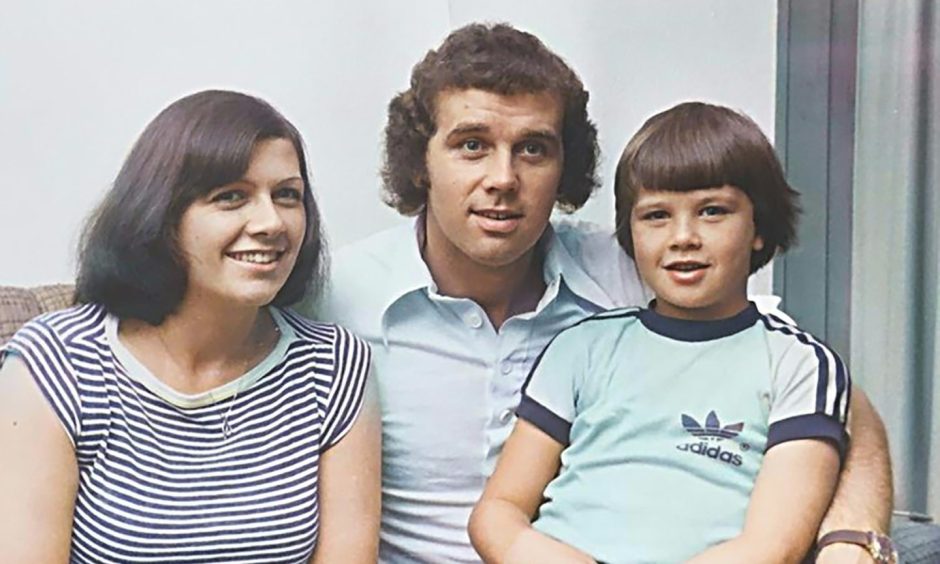
Frank Kopel became a Dundee United legend with the stunning strike that earned him the moniker of the Arrow in Anderlecht.
It was a goal 11 years in the waiting.
The Falkirk-born left-back scored against Anderlecht at Astrid Park for Manchester United in the European Cup in November 1968.
The goal was ruled out for offside.
But it was more relief than redemption when he scored in a Dundee United shirt against the same opponents in the Uefa Cup first round in 1979.
It was United’s finest hour since doing the double over Barcelona in 1966.
Dutch World Cup stars were danger men
Kopel started his playing career in 1964 under Sir Matt Busby at Manchester United before signing for Blackburn Rovers for £25,000 in 1969.
Things didn’t work out and he managed just 25 appearances for Blackburn before joining Jim McLean‘s Tannadice revolution on New Year’s Day in 1972.
Kopel became a mainstay of the defence.
United qualified for the Uefa Cup in 1979 for the third season in a row and were drawn in the first round against one of the most dangerous sides in Europe.
Anderlecht reached the Cup Winners’ Cup final in three successive seasons, defeating West Ham in 1976, losing to Hamburg in 1977, and beating Austria Vienna in 1978.
Anderlecht had two members of the Dutch team that reached consecutive World Cup finals in 1974 and 1978 in Arie Haan and Rob Rensenbrink.
And there was also Francois Van der Elst and Franky Vercauteren.
The first leg took place at Tannadice on September 19 and United had the Belgian side on the racks for long stretches but were unable to convert a number of chances.
United did everything but score.
Kopel was part of the defence that kept a clean sheet.
Rensenbrink missed the game through injury but returned for the second leg at Astrid Park on October 2 with Anderlecht the favourites to progress.
Anderlecht warmed up for the game with a 5-0 win against Waterschei.
United were defeated 4-1 by Morton.
As preparation goes, it was far from ideal.
McAlpine and Kopel returned for United
Former Chelsea goalkeeper Peter Bonetti started the season in goal for United.
Bonetti was dropped by McLean for the return leg in Brussels following the Morton defeat, with Hamish McAlpine brought back between the sticks.
Kopel also missed the Morton defeat and returned to the defence.
“We had the chances to go into this game in a commanding position but let ourselves down with bad finishing,” said McLean.
“Obviously, we will have to have a go at them and try for at least one goal.
“A draw will suit us fine, provided we score.”
In those days, in the event that a two-legged home and away tie finished level, the team that had scored more away goals would progress.
There were 300 Dundee United fans in the 30,000 crowd.
Anderlecht opened the scoring against the run of play on 25 minutes when Benny Nielsen struck on the volley from a cross by Raymond Jaspers.
Anderlecht could have had the game all sewn up by half-time.
McAlpine pulled off a fine save from Rensenbrink.
Van Der Elst rounded the goalkeeper but managed to hit the side netting.
McAlpine brought off half a dozen brilliant saves.
Cometh the hour, cometh the man…
McLean’s side stuck to their task and defended resolutely after the break.
Arie Haan had a knack for audacious shooting and almost scored from distance.
McAlpine pulled off the save of the match when he miraculously denied Van Der Elst.
With 14 minutes to go United brought on Davie Dodds for Willie Pettigrew and four minutes later they shocked the home support to silence.
Paul Sturrock provided the ammunition with a great run.
He cut the ball back to Kopel 18 yards out.
The left-back crashed a stunning volley into the far corner of the net to take his side through to the next round on away goals.
Jim McLean ran on to the field and hugged every player at the final whistle.
It was a sensational end to a game that United seemed to have lost.
The Anderlecht supporters stayed behind to applaud United off the field.
Courier writer Tommy Gallacher watched events at Astrid Park.
The scribe followed every game during Dundee FC’s fairytale run to the European Cup semi-final in 1963 and was now covering United’s glory years.
Gallacher said Kopel stunned the crowd “with a goal worthy of the final itself”.
Voice of Scottish football loved Kopel goal
BBC commentator Archie Macpherson agreed.
He said it was one of the best goals he’d ever seen in Europe.
Kopel said: “I played against Anderlecht 11 years ago in a European Cup tie for Manchester United, scored a goal, and then had the misfortune of having it chopped off by the referee.
“I had to get my own back.”
Kopel went on to make 407 appearances during a 10-year spell under McLean and won back-to-back League Cups in 1979 and 1980.
He finally hung up his boots in 1984 before going on to coach Forfar with former Dundee United players Henry Hall and Paul Hegarty in the 1990s.
But just a decade later he was struggling to remember his past glories and died aged 65 in April 2014 at his home in Kirriemuir after a battle with dementia.
He was not entitled to help with his care costs.
It’s what prompted Frank’s Law, a legal change secured in April 2019 after an unrelenting campaign spearheaded by his wife Amanda.
“I was so blessed and extremely lucky to have known this wonderful man, who I met as a young girl all those years ago in the street where we both lived,” she told me.
“Neither of the two of us could ever have imagined that years later he would go down in history because of a goal he scored in 1979, plus that in 2019 he would have a law named after him in Scotland which would help many people.”
Kopel was moved to tears by Jock Stein award
Amanda said her husband was moved to tears when legendary former Celtic, Dunfermline Athletic and Scotland manager Jock Stein chose it as his goal of the season that year.
“I was working in the pub that Frankie and I leased in Lochee that night when Jim McLean’s wife, Doris, phoned to tell me the result,” she said.
“She said Jim had said it was a brilliant goal and that was praise, coming from Jim!
“It was drinks all round that night in the pub after that phone call.
“Frankie was very modest and humble and never really boasted about the goal.
“He said he hit it and closed his eyes.
“The next thing he knew it was in the back of the net!
“It was another special day for Frankie when Jock Stein chose the Anderlecht goal as his goal of the season and said there could be no other winner.
“Frankie had tears in his eyes hearing the great man saying that.”
‘Frankie’s guardian angel’ provided divine assistance
Amanda said her husband scored a lot of important goals in his career but the Anderlecht goal stood out because it went down in the club’s history.
She said: “David Steegen, press officer at Anderlecht for many years, tells me people at the club and supporters who were there still speak about Frankie’s goal to this day.”
A signed poster from the Anderlecht game is hung in the Frank Kopel Lounge at the Snug Bar in Church Street, which is the base for Frank Kopel’s Travelling Shindig.
The supporters’ club was named in his honour.
Amanda said: “The Feast of the Holy Guardian Angels is observed on October 2, which is the same date that Frankie scored against Anderlecht in 1979.
“And I’ve no doubt that Frankie’s guardian angel was with him that night in the stadium in Belgium as the ball landed at his feet…”
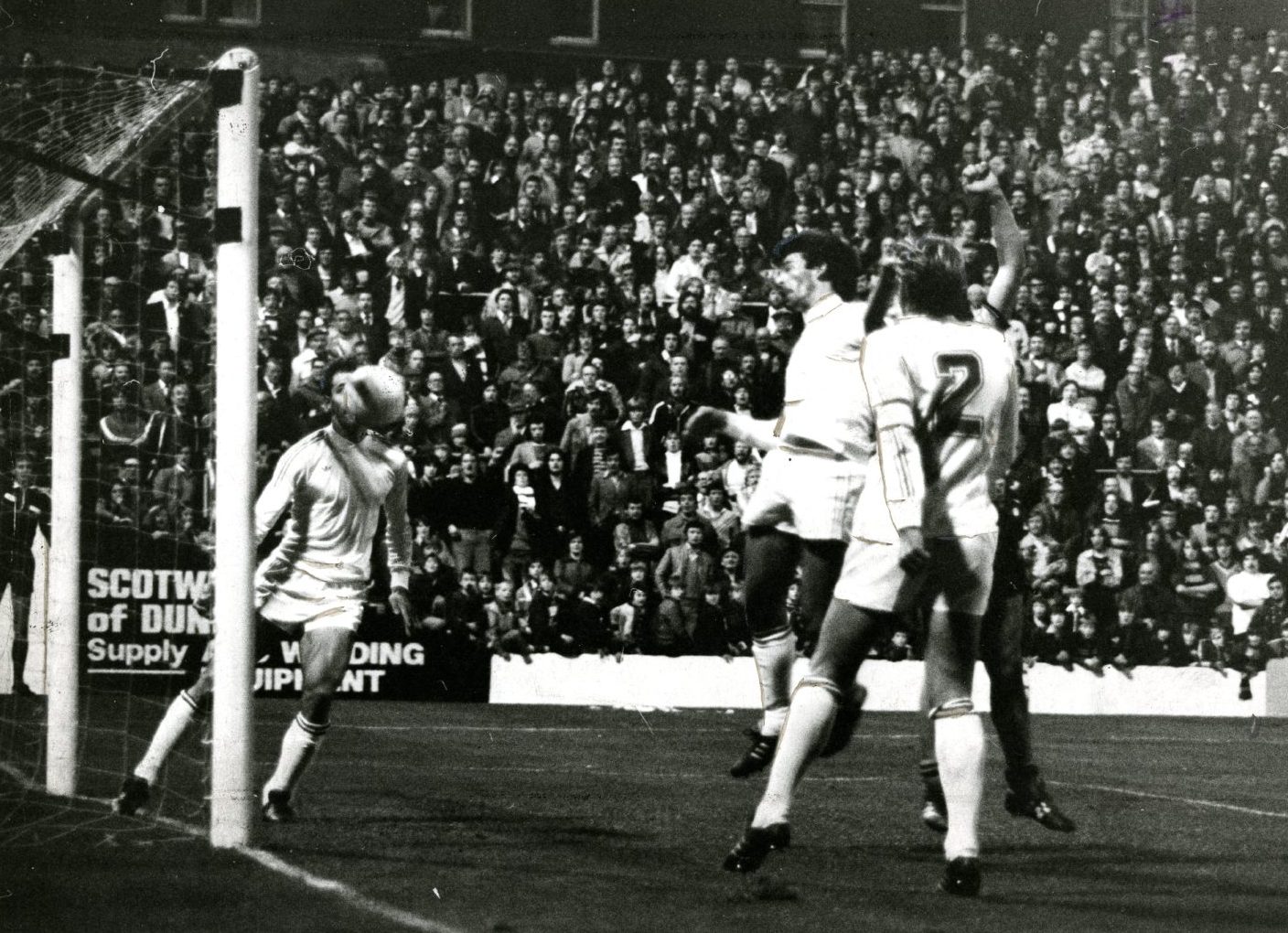
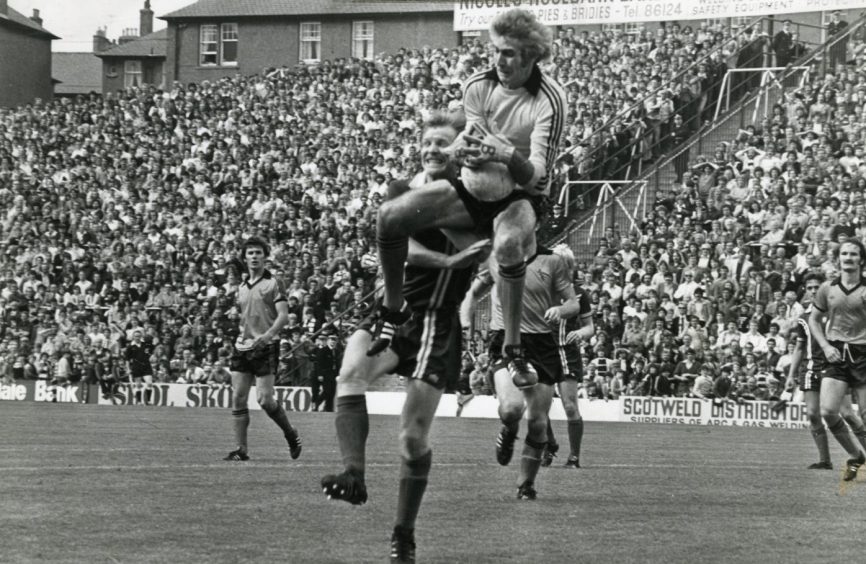
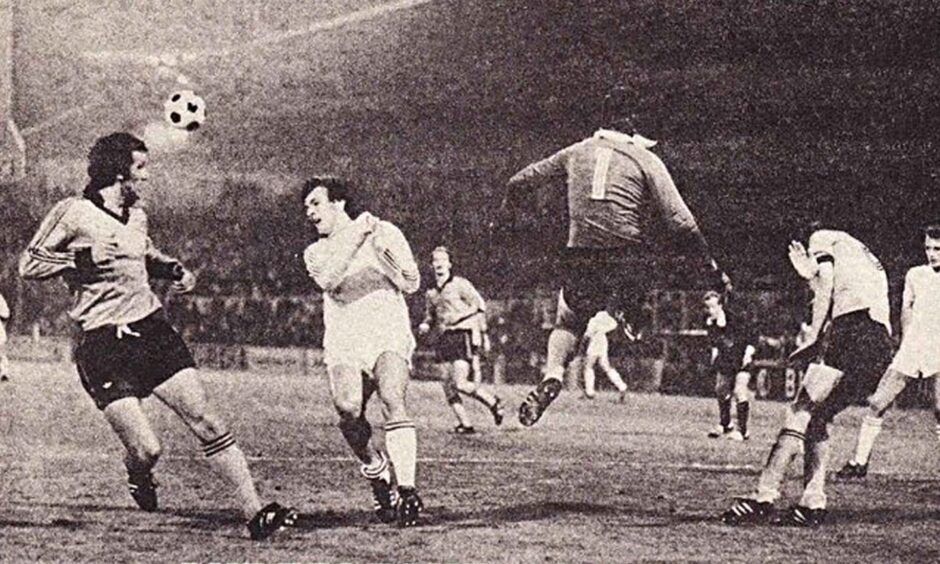
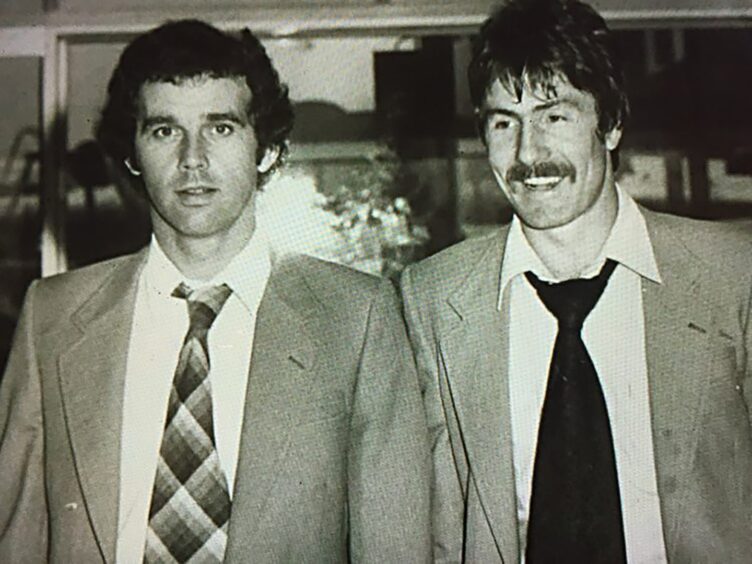
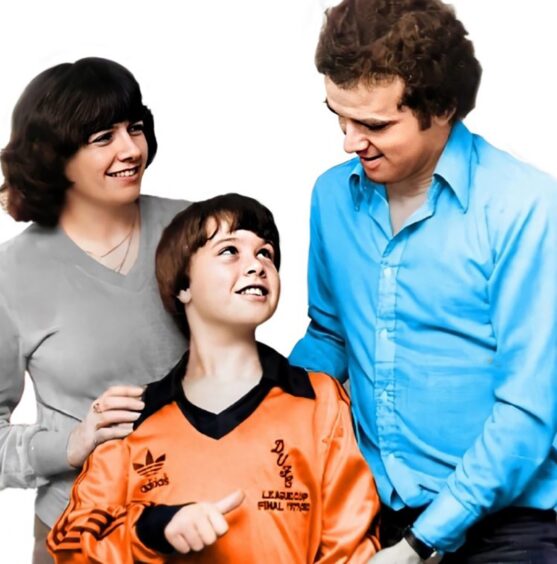
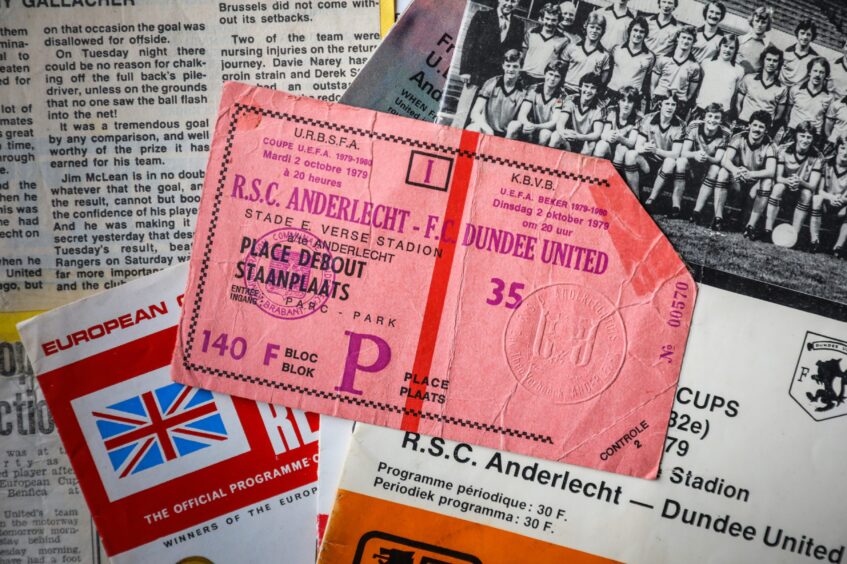
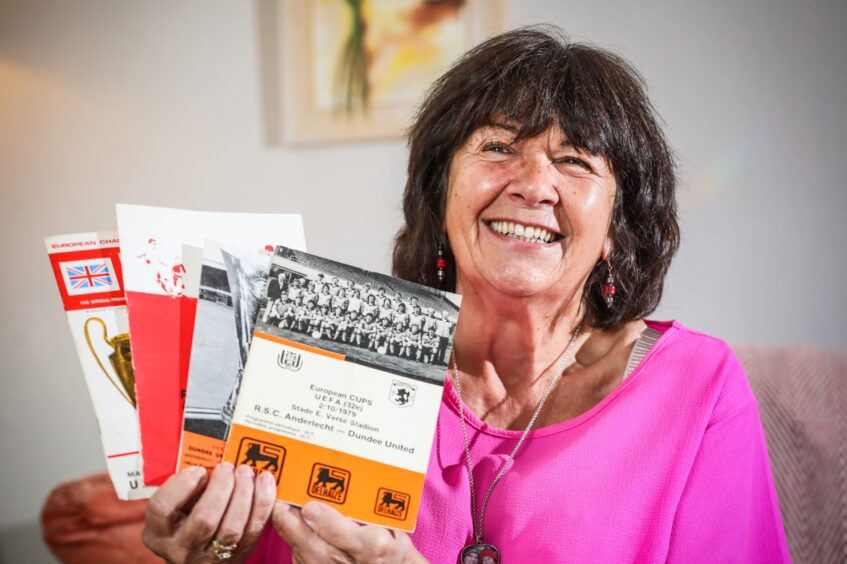
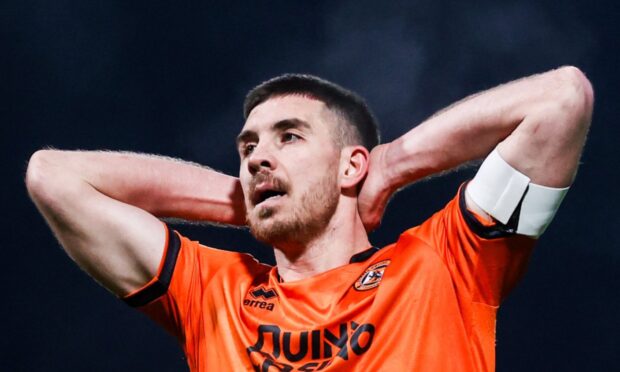
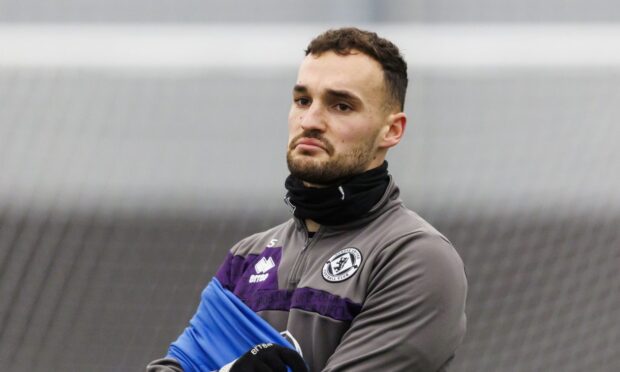
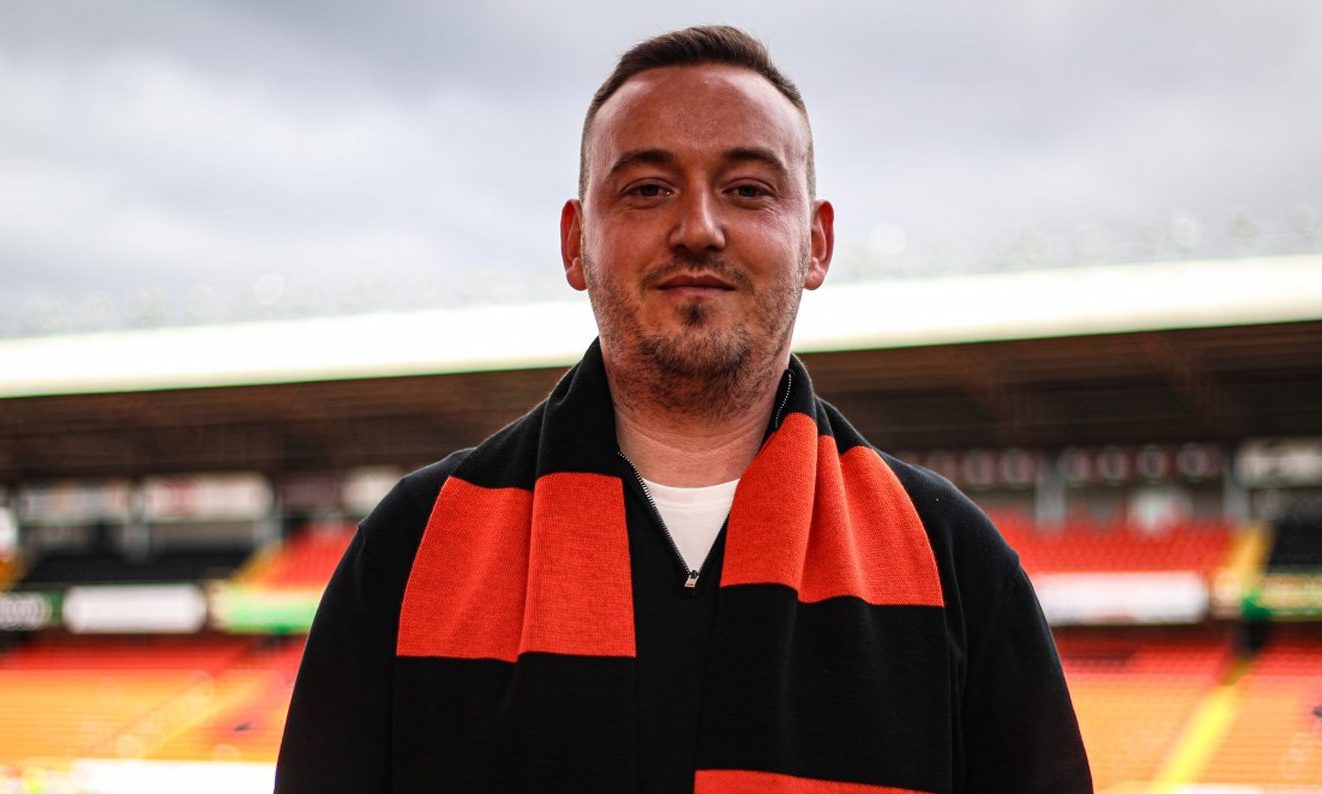
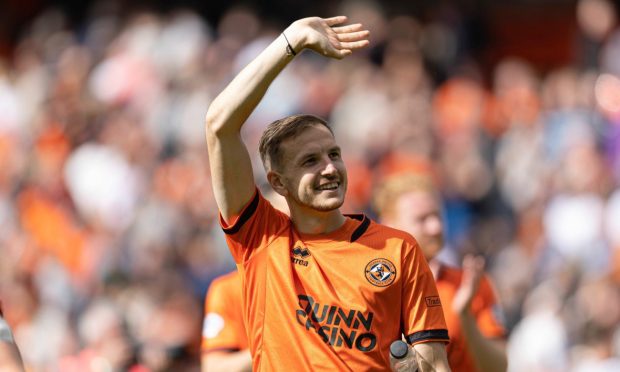
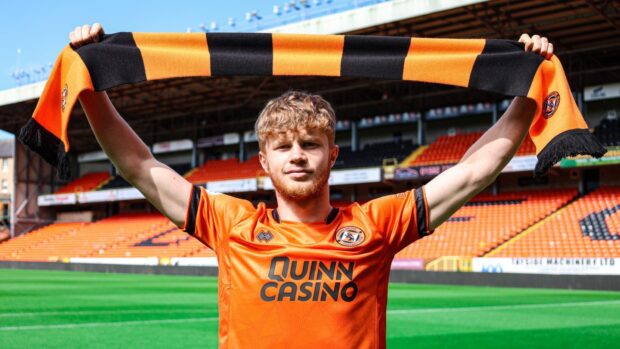
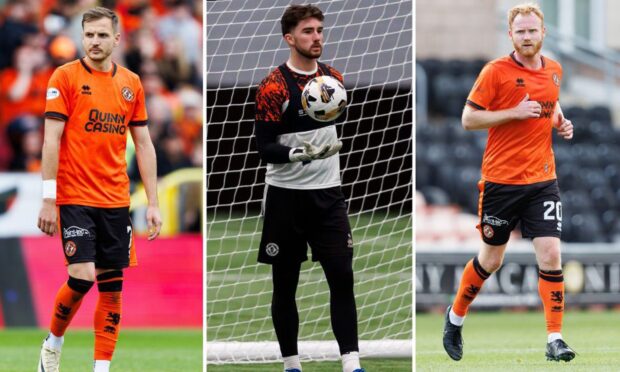
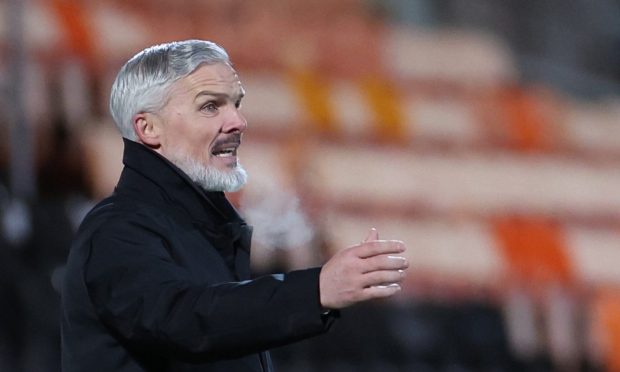
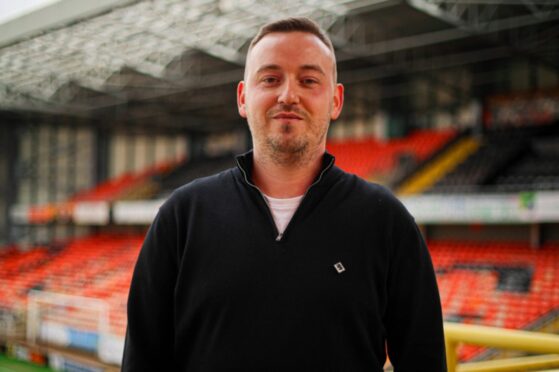
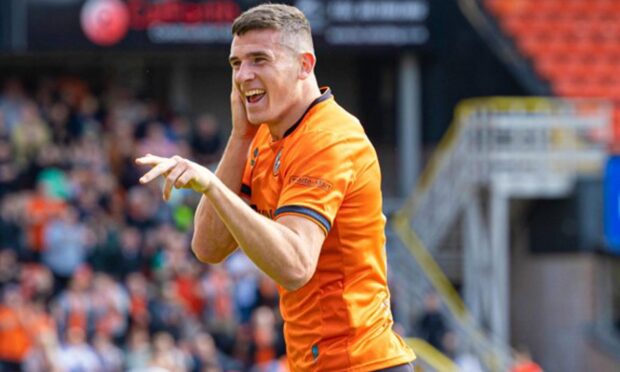
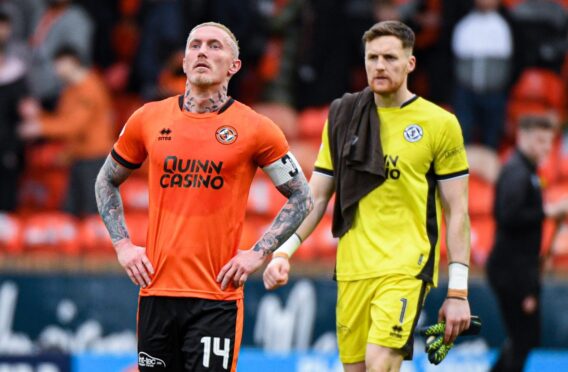
Conversation